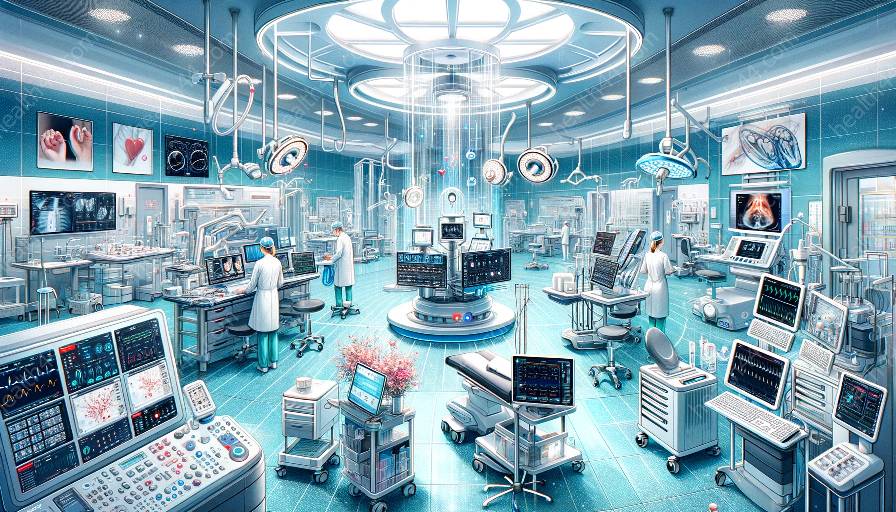Biophysical modeling and simulations play a crucial role in medical research and the optimization of medical devices. By combining the principles of biophysics with cutting-edge technology, researchers and engineers can develop advanced solutions for improved healthcare and diagnostics. In this comprehensive topic cluster, we will explore the fundamentals of biophysical modeling, its application in medical research, and its contribution to the optimization of medical devices.
The Basics of Biophysical Modeling
Biophysical modeling involves the use of mathematical and computational techniques to understand the behavior and interactions of biological systems at the molecular, cellular, and tissue levels. This multidisciplinary approach integrates concepts from physics, biology, and chemistry, providing a powerful framework for studying complex biological phenomena. By employing advanced mathematical models and simulations, researchers can gain insights into the physical principles governing biological processes, paving the way for breakthroughs in medical research and device development.
Application in Medical Research
The application of biophysical modeling in medical research has revolutionized the understanding of disease mechanisms, drug interactions, and treatment efficacy. Researchers use computational simulations to study the behavior of biological molecules, such as proteins and nucleic acids, under varying conditions. This enables the prediction of molecular interactions, the design of novel therapeutic agents, and the identification of potential targets for drug intervention. Furthermore, biophysical modeling aids in the investigation of complex physiological processes, contributing to the development of personalized medicine and precision healthcare.
Role in Device Optimization
Biophysical modeling also plays a pivotal role in the optimization of medical devices, such as imaging systems, sensors, and diagnostic tools. By simulating the interaction of devices with biological tissues and fluids, engineers can refine the design and functionality of these instruments to enhance their performance and safety. Moreover, biophysical simulations enable the assessment of device biocompatibility, facilitating the development of biomedically approved technologies that minimize adverse effects on patients while maximizing diagnostic and therapeutic benefits.
Integration of Biophysics and Medical Devices
The integration of biophysics with medical devices represents a paradigm shift in healthcare technology. Biophysical modeling allows for the precise characterization of biological responses to medical interventions, leading to the development of more effective and patient-specific treatment modalities. Moreover, the synergy between biophysics and medical devices fosters innovation in diagnostic imaging, drug delivery systems, and implantable devices, ultimately advancing the quality of healthcare delivery and patient outcomes.
Conclusion
In summary, the principles of biophysical modeling and simulations are indispensable in the realm of medical research and device optimization. Through the convergence of biophysics and cutting-edge technology, researchers and engineers can unravel the complexities of biological systems, propel medical innovation, and improve the performance of medical devices. By embracing biophysical modeling, the healthcare industry can embark on a transformative journey towards tailored diagnostics, targeted therapeutics, and enhanced patient care.


